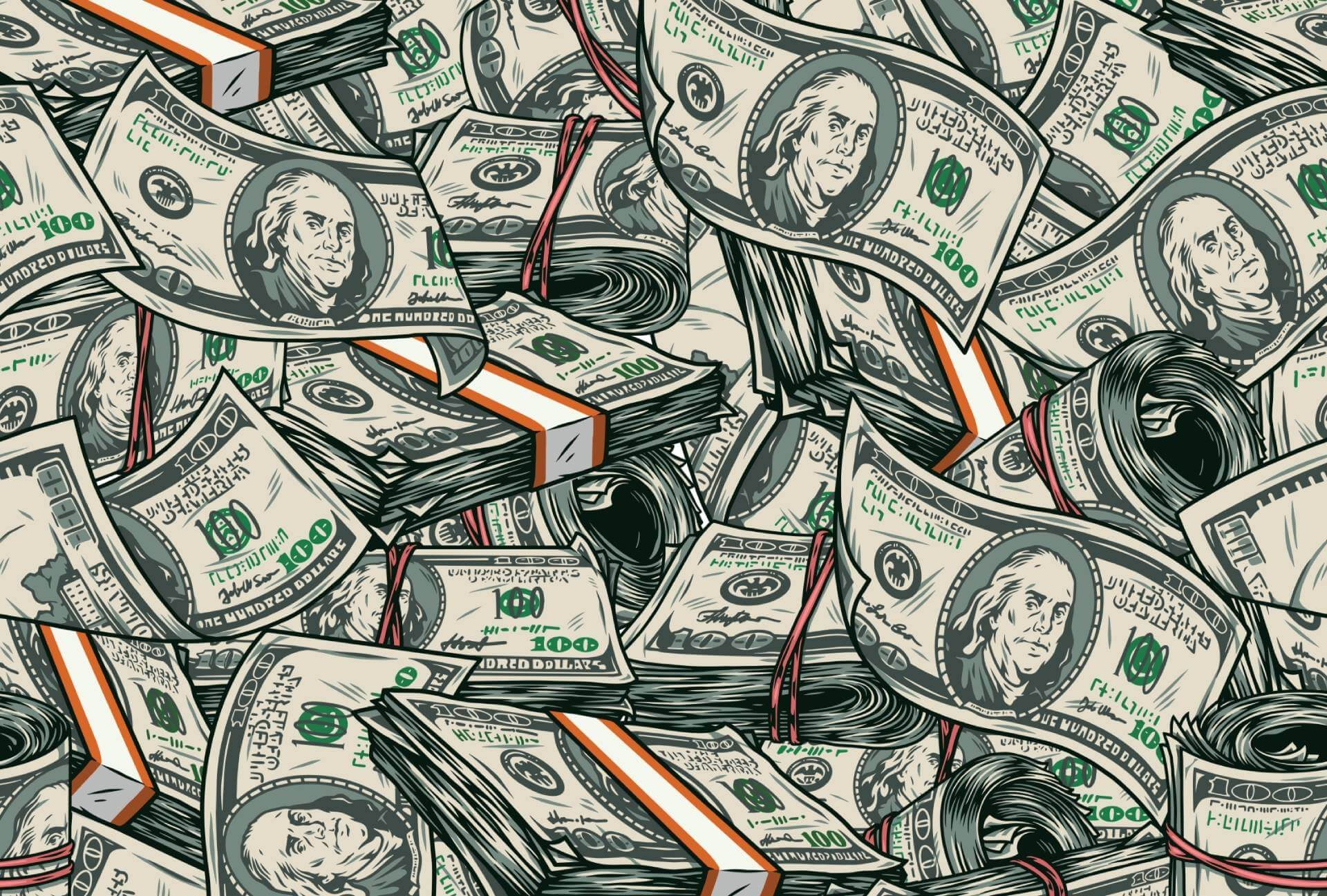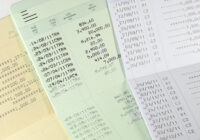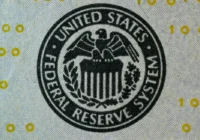The US dollar is the world’s most widely used currency. Yet after analyzing two decades worth of data, experts from Wharton and Columbia find that, while foreign investors want securities denominated in dollars, they do not necessarily want the dollar itself.
The role that the greenback plays in international portfolios is studied in a paper titled “Dollar Asset Holding and Hedging Around the Globe” by Wharton finance professor Amy Wang Huber and Columbia Business School financial institutions professor Wenxin Du. (Du was finance professor at Chicago University’s Booth School of Business when she wrote the paper.) The study scores a first in that it sheds light on the composition of dollar asset holdings and hedging patterns.
“There are various reasons why investors want to hold dollar assets. Our framework in this paper is that of a very rational investor,” said Huber. “When a foreign investor buys a U.S. security, that investor gets two returns: one on the security itself, and one from holding U.S. dollars instead of his local currency. A smart international investor who cares about the overall return as well as the overall risk in a portfolio would hold increasingly more dollar-denominated assets but would also hedge quite a bit of the exchange rate fluctuation.” The study focused on institutional investors, who as “rational investors” would want their portfolios to have the lowest risk and highest return.
Trends in dollar asset holdings
The paper identified three trends in foreign investors’ ownership of dollar assets. First, foreign investors increased their holdings of US dollar (USD) bonds and equities by six-fold from $5.5 billion in 2002 to about $33.4 billion in 2021. Significantly, a big driver of those increased holdings was a higher portfolio allocation for dollar assets, in addition to growth in the overall size of those portfolios.
Second, after the financial crisis of 2007–2009, foreign investors increased their USD hedge ratio by an average of 15 percentage points, despite higher hedging costs. (The USD hedge ratio is the share of USD assets whose returns are guaranteed to convert to foreign investors’ local currency at pre-determined exchange rates.) The hedge ratios for insurance companies, pension funds, and mutual funds were 44%, 35% and 21%, respectively, as of 2020. The total hedging demand from those three sectors was nearly $2 trillion annually.
The study’s third finding is the existence of “considerable heterogeneity,” or wide variations, in the hedging practices across countries and sectors, or in the costs for investors in managing those holdings. That heterogeneity is seen across geographies and between security types. Significantly, foreign investors tend to hedge USD bonds at higher ratios than they hedge their USD equity holdings, the paper noted.
Why foreign investors want dollar assets, but not necessarily the dollar
Huber offered an overarching reason why investors like dollar assets: “Dollar assets have been performing really well.” She noted that “realized returns” for U.S. equity over a five-year rolling basis after the 2007 Global Financial Crisis (GFC) have been “very attractive.”
As to why investors may want to hedge away some of the dollar exposure in their dollar asset holdings, Huber says that “it’s all about the risk-return trade-off.” The return of having dollar exposure is that the dollar tends to appreciate in value, but the risk is that fluctuations in exchange rates can increase the overall risk of the portfolio.
In their study, Huber and Du analyzed “the empirical covariance,” or correlation, between the return from holding the dollar as currency, and the return that a foreign investor would get by holding their domestic asset, such as local bonds or equity in their specific country. They found that often, the covariance in returns is positive between holding dollars as currency and holding local bonds, such as a German bund. “That is why a European investor will like investing in dollar assets, but they hedge a significant fraction of their dollar exposure,” Huber said.
Huber explained how their covariance analysis supported investors’ preference for holding dollar assets. “You don’t like assets that have positive covariance because when one asset does badly, the other asset also does badly. Similarly, when one asset does well, the other asset also does well,” Huber said. “You want negative covariance. When investors construct their portfolio, they like assets that are negatively correlated with each other.”
In fact, it is not always critical to have negative covariance; it is sufficient to have less positive correlation. “When investors have three types of assets, it doesn’t even matter if they are negatively correlated, as long as two of those assets are less positively correlated than the other. That is because relative to the third asset, the first two are a natural hedge in some sense; they have lower correlation.”
The covariance trends were mostly consistent over the two decades that the study covered. “Typically, this correlation structure tends to be slow-moving; we academics tend to think of it as a stable property,” Huber said. The correlation structure was estimated over the sample period that also included the Great Financial Crisis as well as COVID. “It survived all of those periods,” Huber noted. Her guess is that trend was true also of the years before 2000.
As for how international investors would be affected by Fitch’s downgrading the US from AAA to AA+ last year, “very little” was Huber’s answer. “Investors react to information. Fitch’s downgrade did not give investors much new information.” She added: “Although foreign demand for U.S. Treasury securities has flatlined in recent years, when looking across other assets, including corporate bonds, dollar-bonds issued abroad, and U.S. equity, international demand for dollar-denominated securities as a whole is robust and growing.”
Scope of the study and takeaways
The paper cited 2022 data from the US flow of funds, which showed that the “Rest of the World” category accounts for about 30% of US Treasury securities and 25% of US corporate bonds. At last count on June 30, 2022, the value of foreign portfolio holdings of US securities was $24.893 trillion, according to a press release from the US Treasury Department. The next survey, covering holdings as of June 2023, will be released in February 2024.
The authors analyzed data for foreign holdings of USD assets across seven major sectors: the official sector (comprising central banks, sovereign wealth funds, and other public financial agencies), banks, insurance companies, pension funds, mutual funds, the non-financial sector and hedge funds. In the absence of standardized data sources on investors’ dollar holding and hedging, the authors relied on company filings and industry statistics. The combined foreign holdings across those seven sectors amounted to 75% of foreign holdings of U.S. assets, and about 60% of total foreign holdings of USD securities.
The study does not include real estate and infrastructure funds since it is sharply focused on foreign holdings of USD securities. It also does not specifically include Chinese investors in its data set “because it is hard to get data on their holdings,” Huber said. But it does cover Chinese state-owned enterprises and state-owned sovereign wealth funds. “If you believe that most of the Chinese holdings are part of their official sector, they are in our data; we just can’t see that separately,” she continued. The reason for that is the data source that the study used for the official sector does not provide disaggregation. Other investments that fly below the radar are separately managed accounts of ultra-high net-worth individuals, she added.
According to Huber, the paper offered two main takeaways: First, between the pre-GFC and post-GFC periods, on average, the active investors in the sample (mutual funds, pension funds and insurance companies) increased their portfolio allocation to dollar holding by seven percentage points.
Second, foreign investors have been hedging “quite a bit” of their dollar exposure. At first sight, that “could be intriguing,” especially since the dollar appreciates during times of crisis. But “what they’re doing [with their hedging] is actually right,” Huber said. The hedge ratio would increase along with the increase of USD assets in investor portfolios, she explained. “Investors don’t want to either leave their hedge ratio to be same as before, nor would they hedge completely. What they’re doing is directionally consistent with a focus on risk and growth.”
One “hedging puzzle” persisted, which is the hedging by investors in countries with low interest-rate currencies, such as Japan or Taiwan. Considering that their expected return from holding dollars as currency would be higher compared to those from high interest-rate countries, “these countries should not hedge too much, but they actually hedge a lot,” Huber said. “That is a puzzle we raise. [But] there might be many other considerations that investors have in mind when they decide whether or not they should hedge.”
[Knowledge at Wharton first published this piece and is a partner of Fair Observer.]
The views expressed in this article are the author’s own and do not necessarily reflect Fair Observer’s editorial policy.
Support Fair Observer
We rely on your support for our independence, diversity and quality.
For more than 10 years, Fair Observer has been free, fair and independent. No billionaire owns us, no advertisers control us. We are a reader-supported nonprofit. Unlike many other publications, we keep our content free for readers regardless of where they live or whether they can afford to pay. We have no paywalls and no ads.
In the post-truth era of fake news, echo chambers and filter bubbles, we publish a plurality of perspectives from around the world. Anyone can publish with us, but everyone goes through a rigorous editorial process. So, you get fact-checked, well-reasoned content instead of noise.
We publish 2,500+ voices from 90+ countries. We also conduct education and training programs
on subjects ranging from digital media and journalism to writing and critical thinking. This
doesn’t come cheap. Servers, editors, trainers and web developers cost
money.
Please consider supporting us on a regular basis as a recurring donor or a
sustaining member.
Will you support FO’s journalism?
We rely on your support for our independence, diversity and quality.










Comment